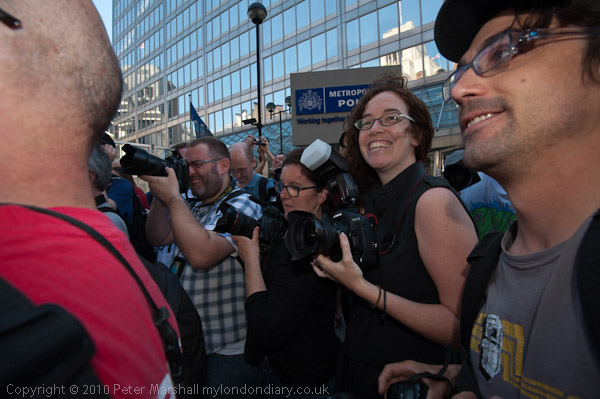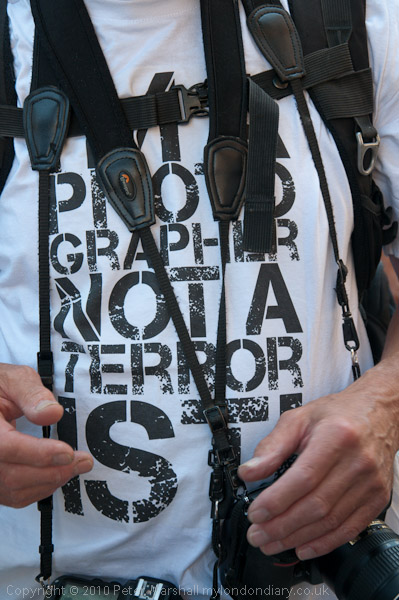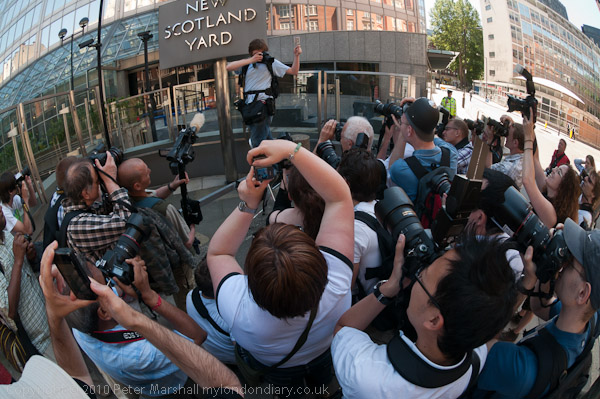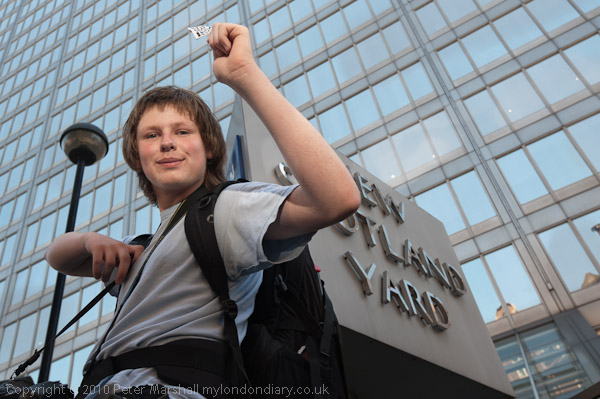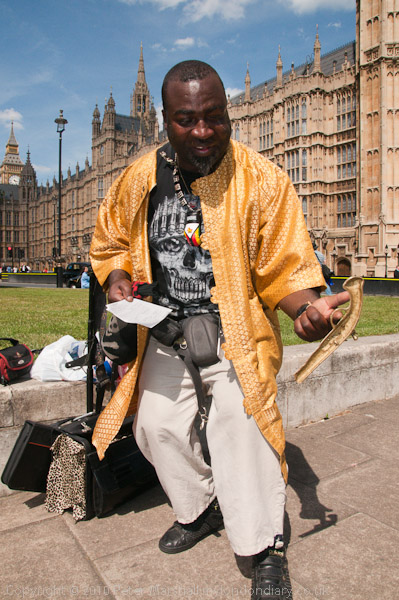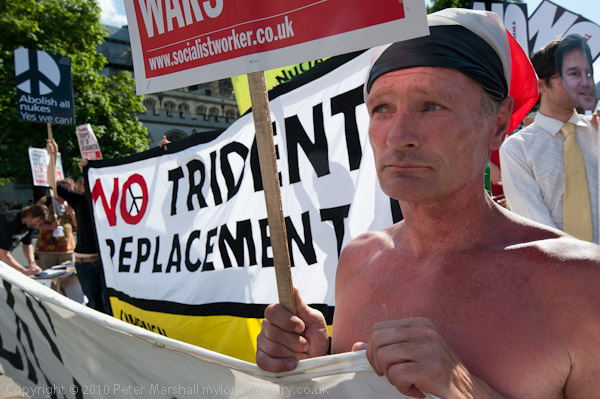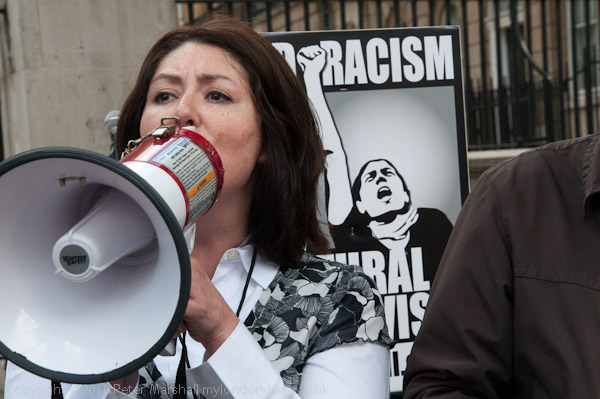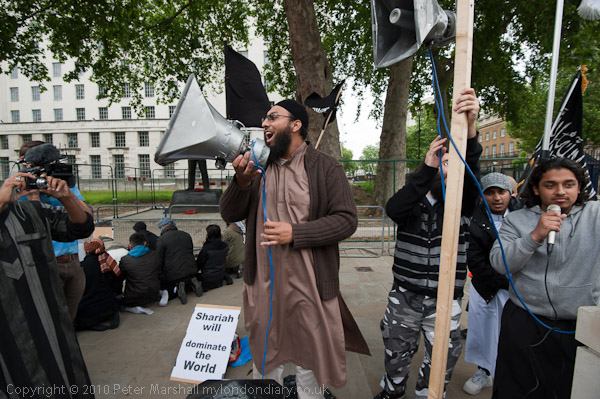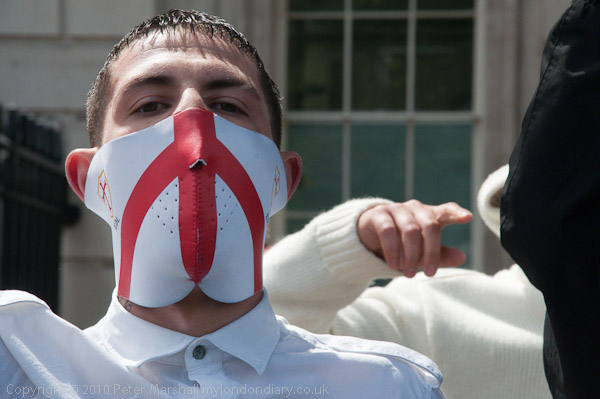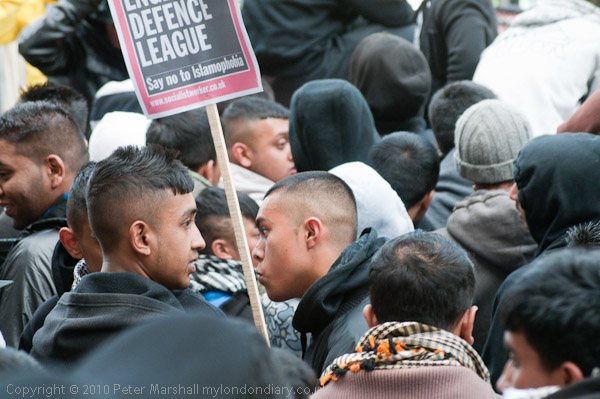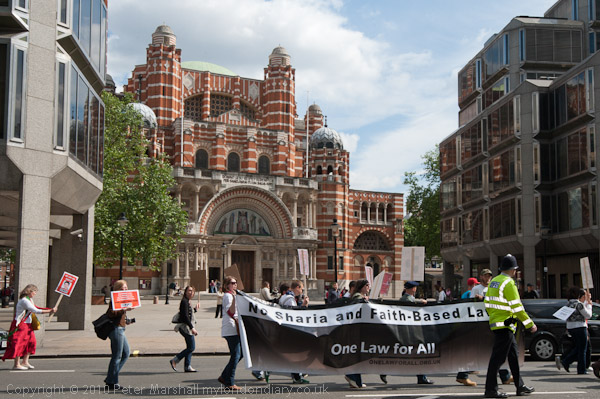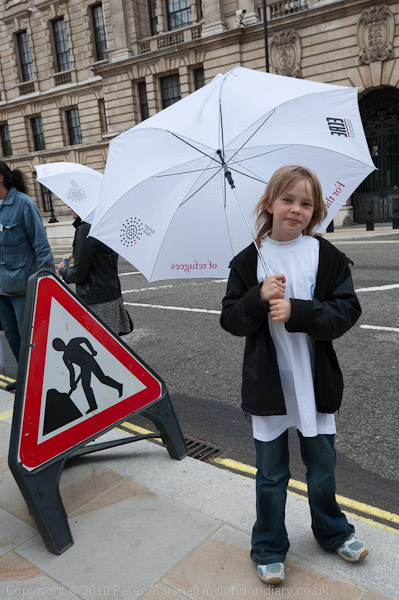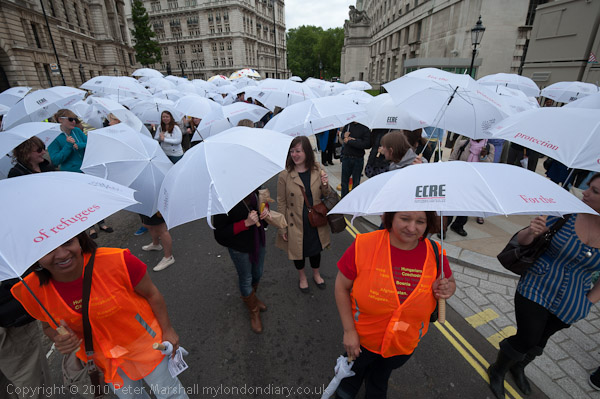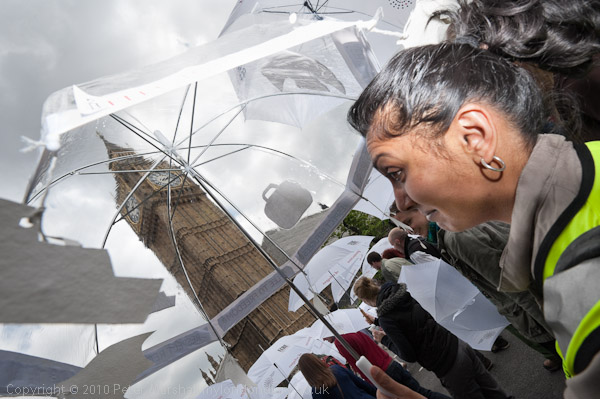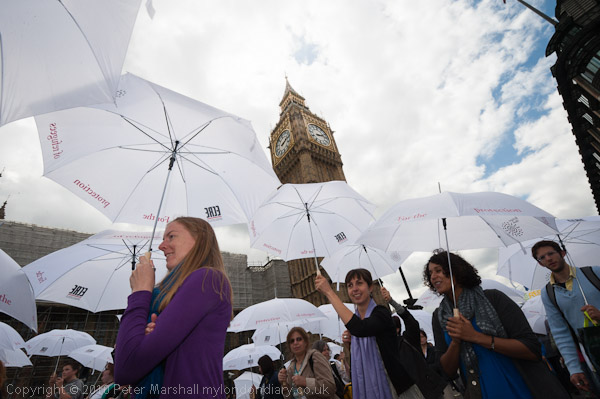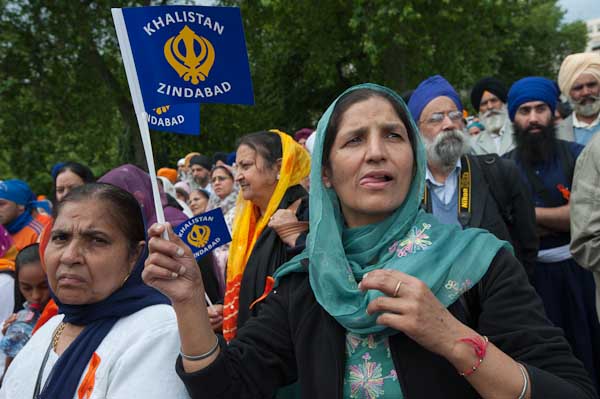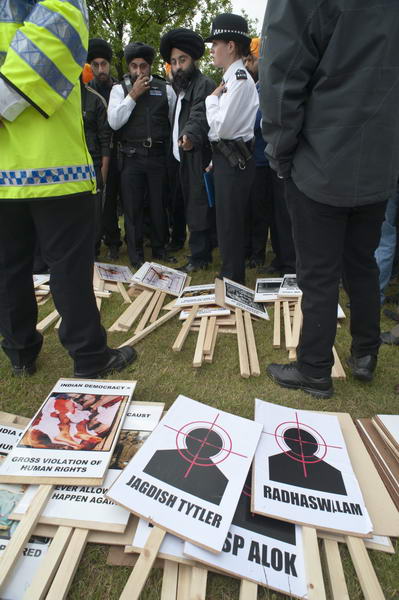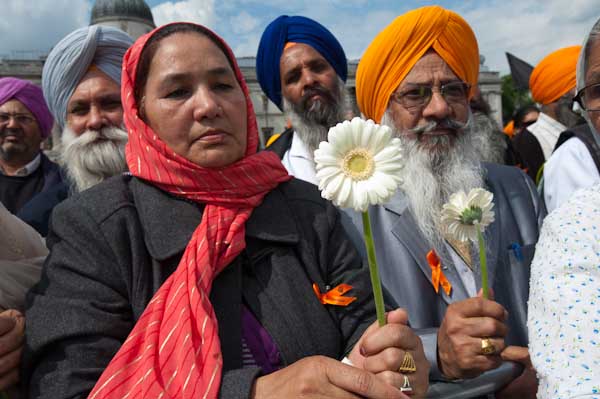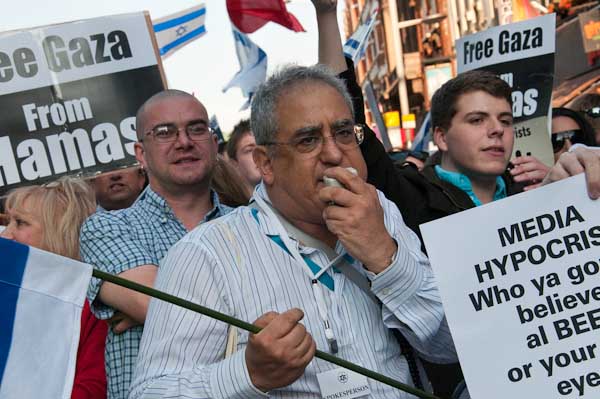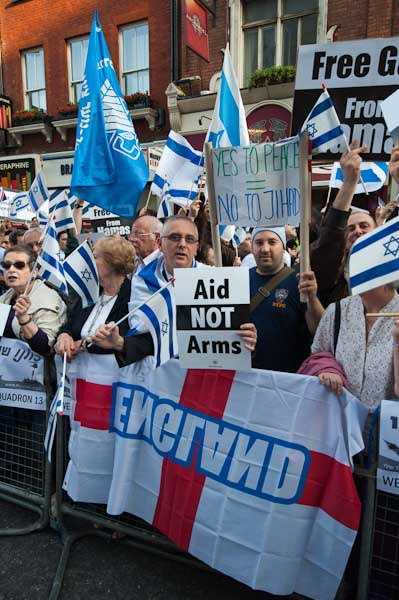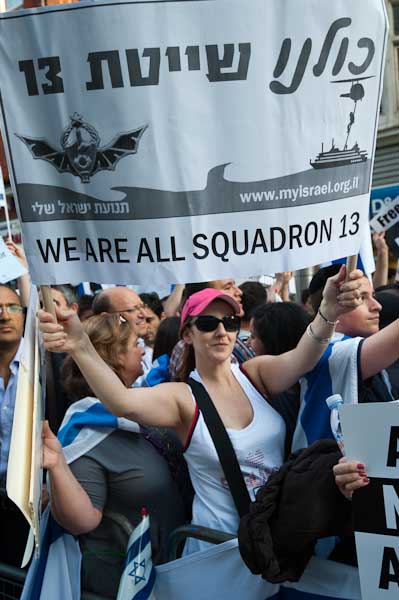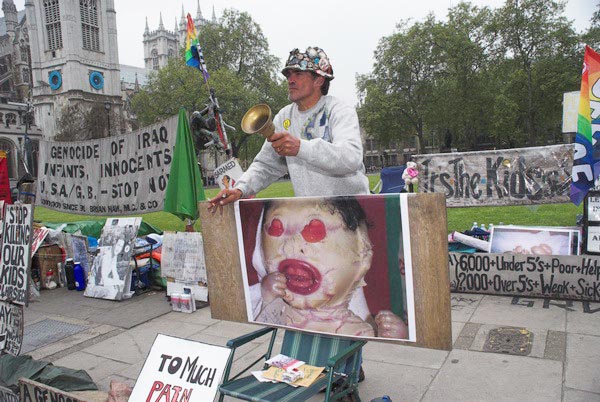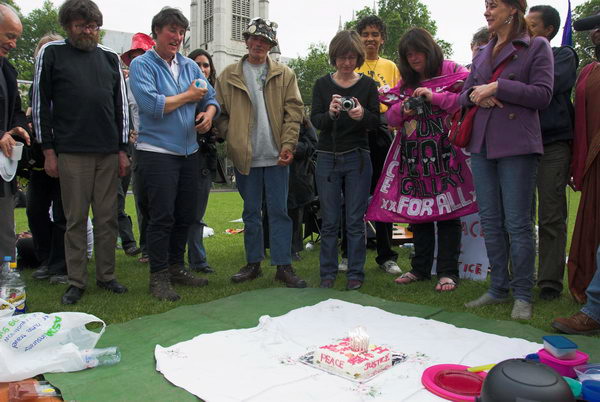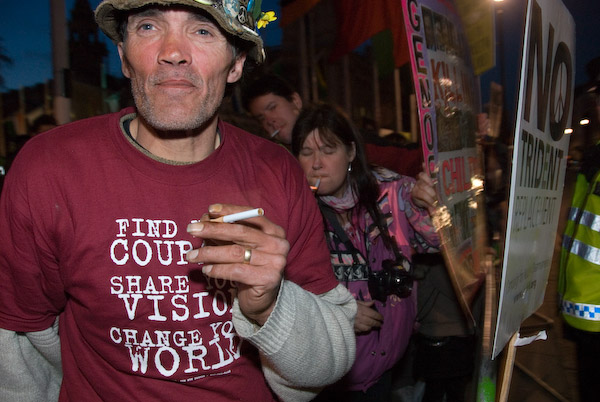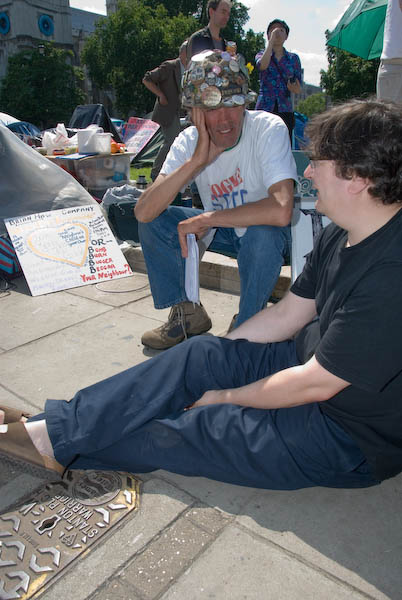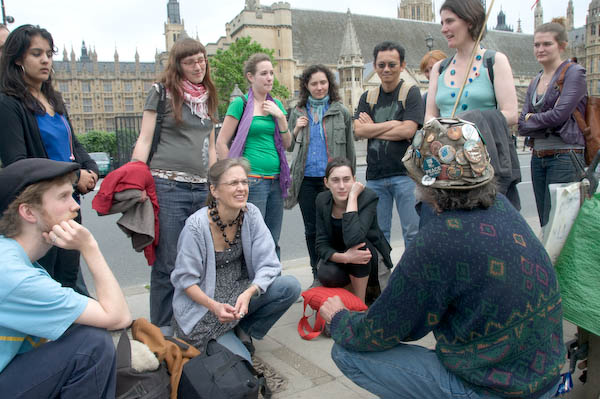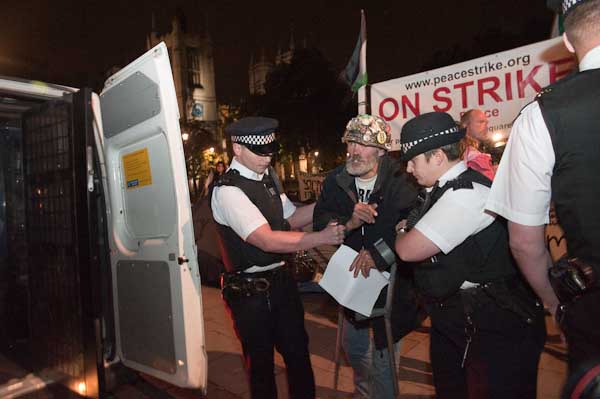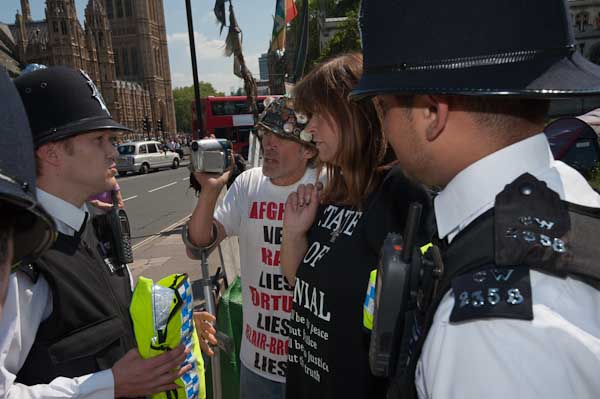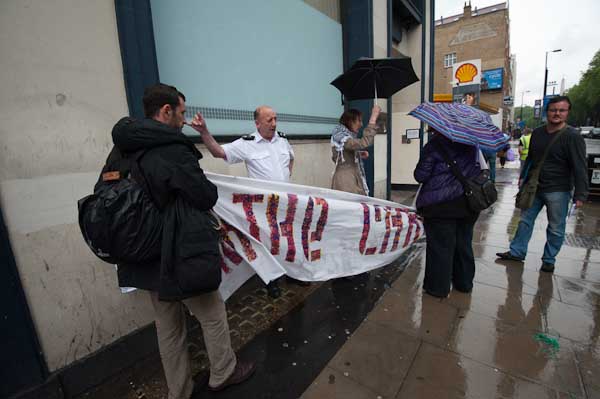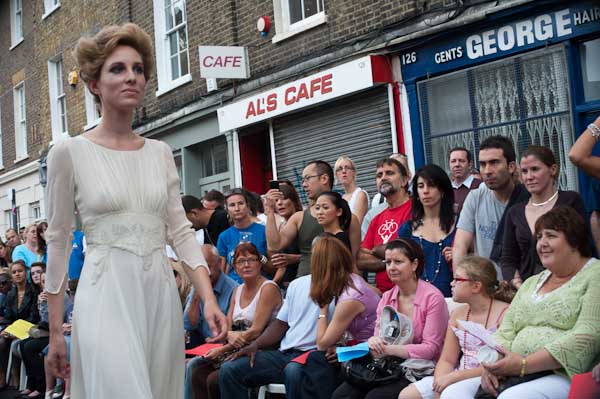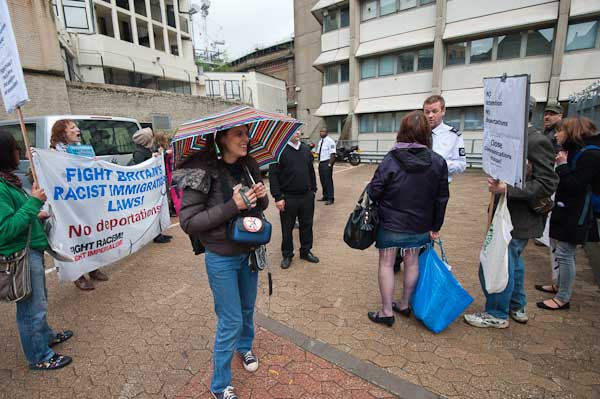As usual the Pride Parade on Saturday was a glitzy event, and I enjoy much of the atmosphere, although over the years it has changed drastically from kind of free and liberating political event it was when I photographed it in the early 1990s.
Until just a couple of years ago it was the kind of event that people joined in, but now the parade is fenced off and stewarded along the whole of its route and it is very much an event that people watch.
I’m not sure I’ll bother to photograph it another year. Or at least not the actual parade, perhaps just the rather more interesting preparation for it and some of the partying in the streets that takes place later – which this year I was too tired to cover.
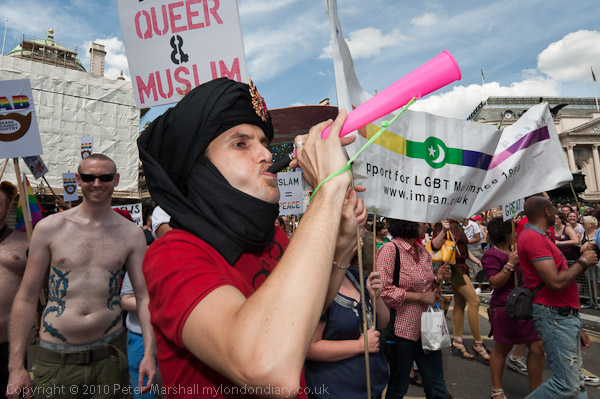
Of course there have been complaints about the increasing commercialisation of Pride over the years, starting so far as I remember in 1997. What made it even more of an issue this year was that the event was celebrating the start of the movement 40 years ago.
It wasn’t the only controversy around Pride. Although it wasn’t entirely a LGB rather than a LGBT event there are unresolved problems around the relations of the trans community with the event, which this isn’t the place to go into, but I did miss seeing some of them.
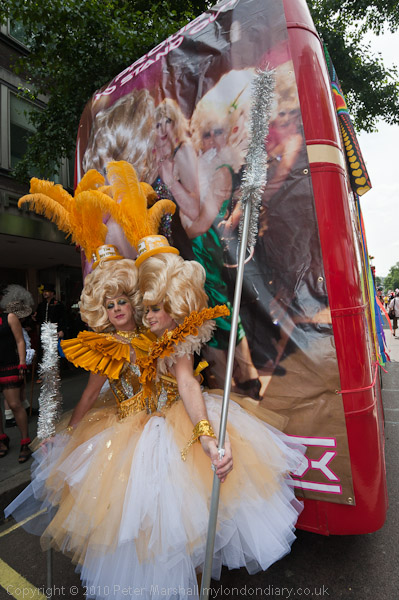
Of course there was still much to photograph, as you can see from the more than 150 pictures from this year I’ve put on My London Diary – and there were more I could have added, but I did feel it had rather less of the spontaneity and individuality that were once at its heart. But perhaps that just reflects that it is now pretty mainstream to be gay.
Photographically I had few problems. It was a sunny day with plenty of light and I worked at ISO400 getting both fairly fast shutter speeds to stop movement and also apertures that usually gave plenty of depth of field. About two thirds of the pictures were taken using the 16-35mm on the D700 and the other third with the D300 and 18-105mm. I carried the 55-200mm and the 10.5mm fisheye but didn’t take a single image with either.
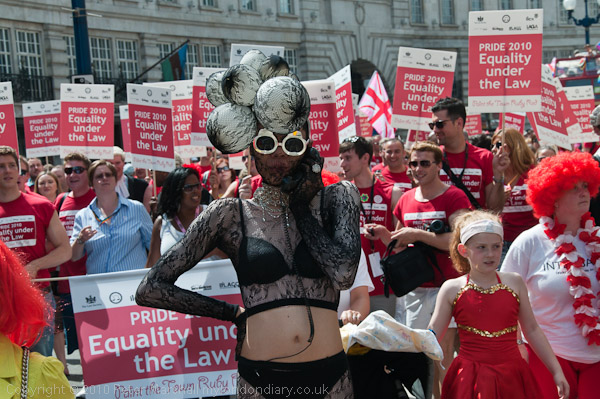
One of few shots where I used a longer focal length 70mm (105eq)
Through the day I worked with both cameras on P and I don’t remember altering the settings or the exposure at all from the program setting, though there were just one or two images where it would have helped. Everything was on autofocus too, though of course I sometimes had to make sure it was focussing on the correct part of the subject.
During the parade things often happen quite fast (though it also at times stops and hangs around for ages) and you have to think fast to get in the right place to take pictures and of course miss quite a few. But being able to leave the technical stuff to the camera at least most of the time is a great help. In the old days I did it using zone focus and preset exposures and relying on the latitude of black and white film to see me through.
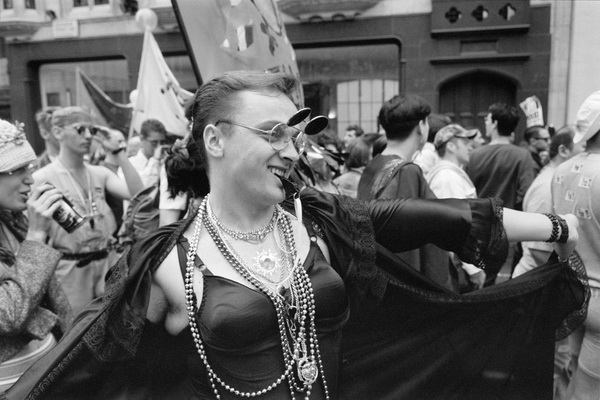
1993
One big problem with this event is that so many people want to have their pictures taken and will stop and pose every time they see a camera pointed in their direction. Of course sometimes these posed pictures work well, but getting the kind of spontaneity I normally prefer can be a problem.
